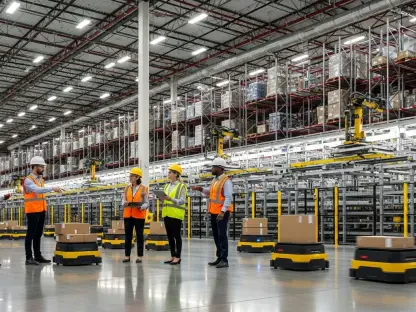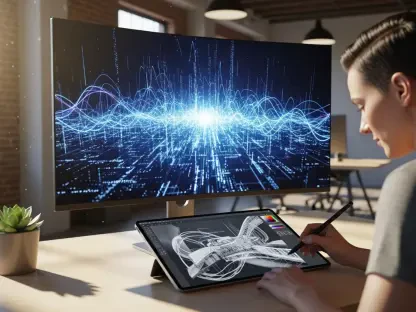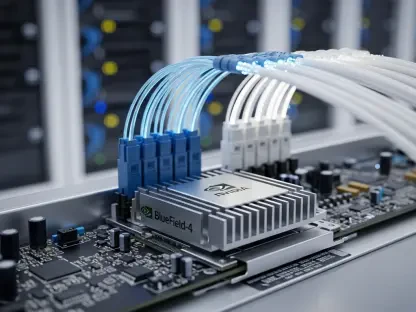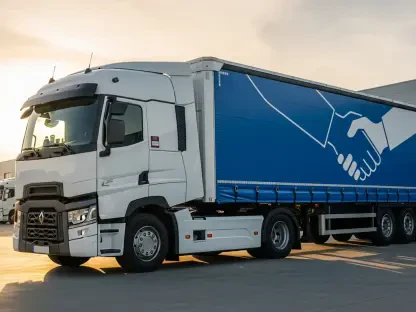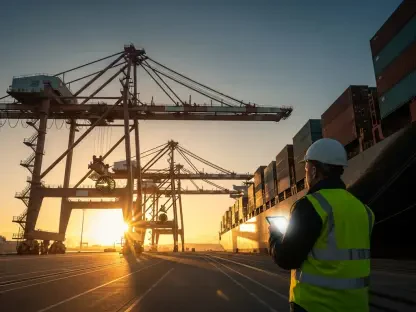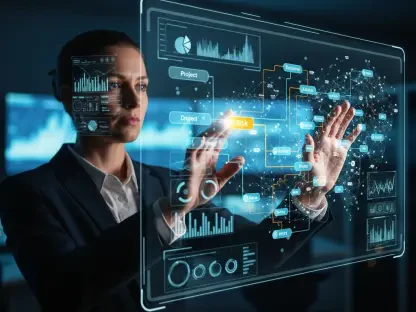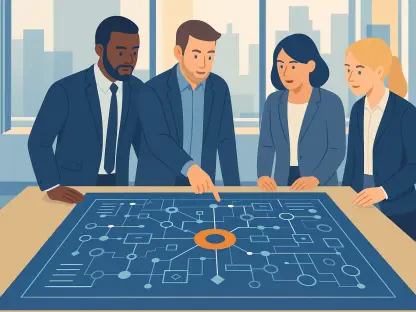Robotic simulation technology has emerged as a game-changer in the field of automation, introducing advancements that challenge conventional robotics paradigms. Imagine a world where robots possess human-like perception and reasoning capabilities, dynamically interacting with environments in ways that were once considered science fiction. This review delves into how NVIDIA, a leading force in technological innovation, is transforming this vision into reality through groundbreaking technologies, including Warp and Gaussian Splatting techniques.
Defining the Technology
At its core, robotic simulation technology seeks to replicate the intricacies of human interaction with the physical world through a digital lens. NVIDIA’s approach incorporates elements such as Physically Embodied Gaussians, which allow robots to simulate their surroundings internally. These simulations evolve into live representations that aid machines in constructing a continuous model of their environment, moving beyond traditional static images. By integrating real-time digital twins, robots attain a dynamic world view that parallels human reasoning, enhancing interaction precision.
Key Components and Performance Metrics
Differentiable Rendering Techniques
Differentiable rendering stands at the heart of this technology, with Gaussian Splatting playing a pivotal role. It starts by interpreting visual data and aligning rendered images with reality to ensure simulation accuracy. This method generates robust feedback mechanisms, correcting discrepancies through iterative processes. Performing under constraints of image interpretation, these techniques signify an innovation leap by maintaining high fidelity even when data imperfections exist.
Real-Time Digital Twin Models
Such models transcend conventional representation methods by fostering real-time interactions between digital and physical realms. Through digital twins, robots synchronize their internal simulations with immediate environmental changes, narrowing the gap between robotic perception and authentic physical dynamics. NVIDIA’s use of dual representation systems, combining particles managed by physics engines with 3D Gaussians, ensures holistic, accurate world models. This integration of visual and physical elements showcases the technology’s ability to adapt swiftly, invariably impacting performance metrics.
Innovative Trends and Developments
The trajectory of robotic simulation technology points toward multifaceted advancements as industry dynamics evolve. Recent innovations focus sharply on optimizing visual and physical data integration to bolster synchronized simulation models. Companies strive to refine perception algorithms for more nuanced environmental interpretations. Emerging trends encompass reduced reliance on multiple imaging devices, capitalizing on prior knowledge of spatial configurations, and enhancing simulator functionality through smarter data handling.
Practical Applications in Various Industries
The reach of robotic simulation technology spans diverse industries, illustrating its wide applicability. In manufacturing, robots equipped with real-time digital twins navigate production floors with heightened awareness, minimizing errors. The healthcare sector benefits from enhanced robotic precision during surgical procedures, where dynamic simulations provide accurate, real-time feedback. Unique applications emerge across logistics, wherein robotics improve inventory management by adapting to continuously changing environments, heralding more efficient operations.
Encountered Challenges and Limitations
Despite promising advancements, the technology faces inherent challenges that may hinder widespread adoption. Technical difficulties, such as achieving consistent simulation accuracy with fewer data inputs, demand attention. Regulatory hurdles related to autonomous robotic systems question their safety and ethical implications. Market obstacles arise from cost considerations, emphasizing affordability without compromising sophistication. Ongoing development efforts focus on balancing these aspects by refining methodologies and ensuring compliance with evolving standards.
Prospects and Impacts on the Future
The future of robotic simulation technology emerges as transformative, promising further breakthroughs connecting machines more deeply with their environments. Anticipated developments involve smarter algorithms for perception enhancements, potentially leading to universal applications. Such evolution may influence societal facets, potentially revolutionizing everyday interactions with technology. The long-term impact dovetails with aspirations of furthering autonomous innovation within industries, a vision bolstered by ongoing research and development efforts.
Conclusion and Verdict
In conclusion, robotic simulation technology has catalyzed significant innovation, positioning itself as a cornerstone for next-generation robotics. The analysis reveals NVIDIA’s strategic integration of Warp and Gaussian Splatting techniques as pivotal in achieving advanced simulation capabilities. The current state reflects a promising yet challenging endeavor, with potential future advancements slated to redefine industry standards. This technology holds remarkable potential, shaping how robots perceive and interact with their surroundings, ultimately impacting various sectors profoundly.


